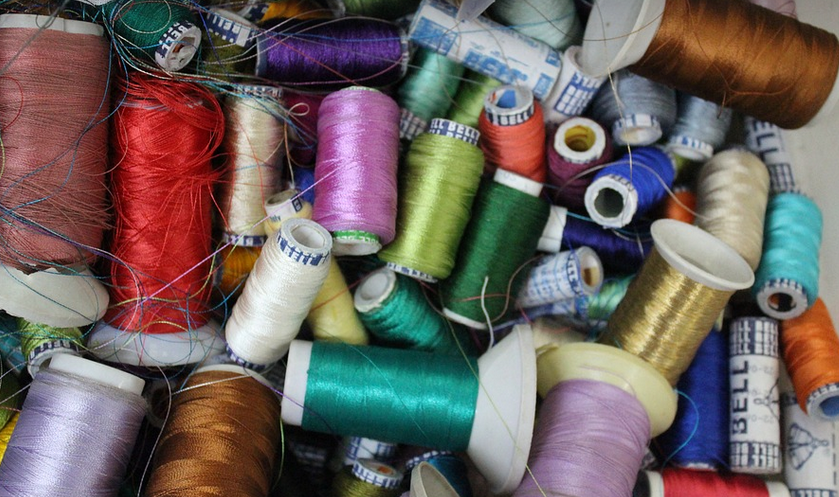What are steel fingertip gloves?
Imagine wearing a pair of gloves that not only safeguard your hands but also provide an edge in demanding jobs and professions. These are the very essence of steel fingertip gloves, a revolutionary invention designed to meet the unique needs of various industries.
More Than Just Protection:
Steel fingertip gloves aren’t just about shielding your hands from physical hazards; they represent a fusion of functionality and technology. They are specifically engineered to offer protection against sharp objects, abrasive materials, and intense temperatures.
These gloves go beyond the standard fabric gloves, providing an impenetrable barrier that can withstand even the most demanding situations.
The Power of Steel:
The core element of steel fingertip gloves is their robust construction. These gloves are generally made from high-grade steel alloys, like stainless steel or chromium steel.
What sets these gloves apart is the strategic placement of steel plates along the fingertips of each glove. This design allows for maximum dexterity while still providing protection against potential hazards.
Unveiling the Benefits:
The benefits of wearing steel fingertip gloves are multifold:
– **Enhanced Safety:** Steel fingertip gloves offer a much-needed layer of defense against cuts, punctures, and abrasions. This is especially true for jobs involving machinery operation, heavy lifting, or working with sharp objects.
– **Increased Precision:** Steel fingertip gloves do not hinder dexterity in any way. The flexibility and ergonomic design of these gloves enable workers to perform intricate tasks with ease.
– **Improved Grip & Control:** The textured surface of the steel plates on the fingertips enhances grip significantly, particularly when handling wet or slippery objects.
– **Elevated Durability:** Steel fingertip gloves can withstand a great deal of wear and tear due to their robust construction.
Wide Range of Applications:
The applications for steel fingertip gloves are diverse, catering to various industries:
– **Construction & Manufacturing:** Steel fingertip gloves are often used in construction sites where workers handle heavy machinery or work with dangerous tools and materials. They can also be found in factories and manufacturing plants where precision is paramount.
– **Automotive Repair:** Mechanics using specialized tools and working on delicate parts will find the increased protection provided by steel fingertip gloves invaluable.
– **Metalworking & Fabrication:** These gloves are a staple in metalworking shops, providing protection for hands operating heavy equipment or handling sharp edges and tools.
– **Marine Industries:** For those working on ships and boats involved with cargo handling, welding, or ship maintenance, steel fingertip gloves offer crucial protection against injuries.
Choosing the Right Gloves:
Selecting the right type of steel fingertip gloves for your specific needs is essential. Different industries have different demands, and it’s important to find a glove that offers the perfect balance of protection and functionality.
– **Material:** Consider the material you need based on the environment and task. Stainless steel or chromium steel are common choices due to their durability and resistance to harsh chemicals.
– **Fit:** A proper fit is essential for comfort, dexterity, and optimal performance. Make sure to try gloves on before purchasing and ensure they provide a comfortable snug fit.
– **Finger Protection Level:** Choose gloves that offer the level of protection needed based on the job’s demands and potential hazards.
Safety First:
Steel fingertip gloves are a valuable investment in your safety and well-being. By choosing the right pair, you can minimize risks and perform tasks with increased confidence. Remember to always follow manufacturer guidelines for proper use and wear when using steel fingertip gloves.
This article provides information about steel fingertip gloves. You can learn more on other websites and blogs that discuss this topic.
